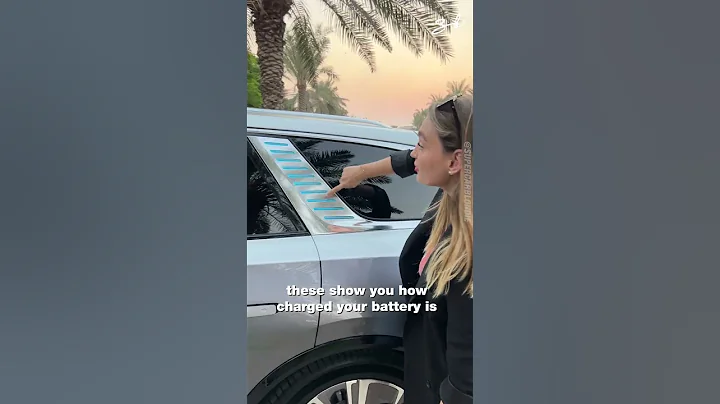Some time ago, I went camping with a friend who drove ideal one. I drove from Chongqing to a mountain 140 kilometers away. After staying in the mountain for a night, the pure electric car I drove dropped 10% of its power in camping mode, from 65% to 55%, and the car he drove just ran out of power. On the second day's return, he could only use his 55L fuel tank to generate electricity. The range extender started before the power was exhausted, and the car full of camping equipment and two passengers finally spent 130 yuan of fuel back to the city. I stopped by the national highway three times in the middle and waited for him. I obviously felt that I was a little bulky when using oil to drive the car, like a slow bear.

This made me start to rethink a question: Who saves more money by pure electric or extended range? Because when I bought a car before, due to the cost of battery, I always thought that pure electric cars were relatively more expensive. But after this experience, I suddenly realized that except for the car price, pure electric cars are actually far lower than extended-range models in terms of actual car use costs.

This is particularly obvious after the surge in oil prices this year. It's still my friend's ideal one. In the power loss mode, its range extender consumes about 9 liters of fuel per 100 kilometers, which also means that after the power is exhausted, one kilometer will cost about one dollar! Is it okay to have pure electric power only less than 30 cents per kilometer? And it is rumored that his range extender needs to be overhauled at 100,000 kilometers, and the cost of this later maintenance is definitely not low.

I am so calculating to my friend, and he is quite dissatisfied with saying that the extended-range program can actually be charged and run. OK, according to the 40.5-degree running 180 kilometers announced by Ideal One, the power consumption per 100 kilometers is 22.5 degrees, which is even more than 10% higher than the early NIO ES8 (double AC asynchronous motor + double horsepower + greater weight). Therefore, even from the perspective of electricity use, the ideal one is only better than the traditional parallel plug-in hybrid. As for the L9, which has just been launched, the official announcement of 44.5 degrees of electric range of 215 kilometers and the L8's 40.9 degrees of running 168 kilometers are not excellent. In actual use, frequent charging or fuel burning is still required to drive the vehicle. There is also data for
. The Changan Deep Blue SL03 model launched some time ago has also launched an extended-range version and a pure electric version. A detailed analysis of the cost of maintenance of a car was conducted based on a car. Finally, the pure electric version was 600 yuan/month and the extended-range version was 800 yuan/month. So the extended range just looks cheap and is more expensive to use. It should be noted that the range extender of Deep Blue SL03 only requires 92 gasoline, and the fuel consumption per 100 kilometers is 4.5L. This data is already very excellent in range extending.

All the above are obvious accounts. As for how long the range extender, a technical product from many years ago, it is inconvenient to the later maintenance method, which is considered an invisible cost. After all, when you decide to buy a new energy vehicle, you should know one thing: buying pure electric vehicles looks a bit expensive, and the cost of using a car in the later stage is almost negligible; buying an extended range is the opposite. The price of a naked car may be 10,000 or 20,000 yuan cheaper, but when it comes to using a car, refueling, repairing, and discontinuing production are all hidden costs of , and it will become more and more expensive as the use time is. Therefore, if you choose pure electric or extended-range, you should consider rationally according to your actual needs.











